How to Identify Battery-Related Issues in Older Vehicles – Common Mistakes!
To identify battery-related issues in older vehicles, watch for dimming headlights, slow engine starts, and frequent jump-starts. Use a multimeter to check voltage levels and inspect terminals for corrosion.
Regular maintenance and limiting accessory use can help prolong battery life. If issues persist, consider replacing the battery.
Introduction:
Older vehicles, while often reliable in their durability and craftsmanship, tend to develop issues that can compromise their performance over time. One of the most common problems lies within the heart of any vehicle’s electrical system: the battery.
A healthy battery is essential for powering not just the engine, but various electronic systems within the vehicle, from headlights to onboard computers. Knowing how to identify battery-related issues is crucial, especially for older vehicles that are more prone to electrical inefficiencies.
The Importance of a Healthy Car Battery:
A car’s battery is more than just a power source for starting the engine. It’s responsible for powering critical systems, such as the ignition, fuel injection, and various electronic components, including lights, the radio, and even modern safety systems.
Without a well-functioning battery, these systems falter, leading to unreliable performance or a vehicle that simply won’t start. In older cars, where wear and tear on electrical components are more common, a robust battery is crucial to prevent constant breakdowns or inconvenient stalls.
Common Battery-Related Problems in Older Vehicles:
As vehicles age, battery-related issues become more frequent due to wear on internal components, leading to several common problems. Batteries may lose their ability to hold a charge, suffer from parasitic drains, or develop corrosion around the terminals.
This degradation is often compounded by older vehicles’ aging wiring, alternators, and electrical systems, which further strain the battery. Identifying these problems early can prevent more serious issues, like sudden engine failure.
Why Older Vehicles Are More Susceptible to Battery Issues:
Older vehicles are inherently more susceptible to battery issues due to several factors. Firstly, wear and tear on electrical systems in older cars can lead to greater resistance, which forces the battery to work harder.
Additionally, older alternators may not charge the battery as efficiently, and corroded or frayed wiring can create parasitic drains, sapping power even when the vehicle is off.
Finally, many older cars are not equipped with advanced energy management systems, making it harder to diagnose early-stage battery problems.
Signs Your Battery Might Be Failing:
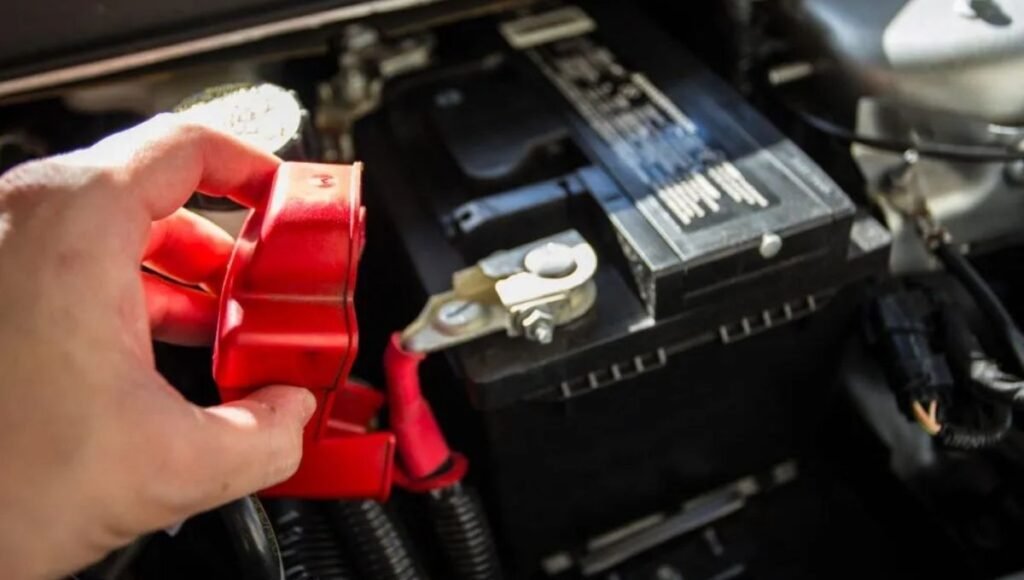
Dimming Headlights and Interior Lights: Early Warning Signs
One of the earliest signs of a failing battery in an older vehicle is dimming headlights or interior lights. As the battery struggles to maintain its charge, the voltage it supplies to these components begins to drop.
This causes the lights to appear less bright or flicker intermittently. While this might seem like a minor inconvenience, it’s often an indication that the battery is nearing the end of its life or is being drained faster than it can recharge.
Slow Engine Start: Recognizing Delayed Ignition Symptoms
If your engine cranks slowly when you turn the key, it could be a telltale sign that the battery is struggling. A healthy battery provides the power necessary for the starter motor to quickly ignite the engine.
However, if the battery is losing charge or is unable to supply enough current, you may notice the engine taking longer to turn over, or it may fail to start altogether. This sluggish response is a warning that your battery could be on the verge of failure.
Frequent Need for Jump-Starts: A Clear Red Flag
If you find yourself regularly needing to jump-start your vehicle, it’s more than a minor inconvenience—it’s a clear indication that your battery is no longer holding a proper charge.
While jump-starting might get you back on the road temporarily, this frequent need signals that either your battery or another part of your vehicle’s electrical system is severely compromised. This issue should not be ignored, as a battery that requires frequent jumps is likely to fail completely soon.
Dashboard Warning Lights: What They Mean for Your Battery
Modern vehicles are equipped with dashboard warning lights that can alert you to potential battery problems. In older vehicles, these warning lights often come in the form of a battery or alternator symbol.
If this light comes on, it’s a direct indication that your vehicle’s charging system is not functioning properly, and your battery may not be getting the power it needs from the alternator. This light is not something to be dismissed—it’s a sign that you should inspect your battery immediately.
read also: Can a Weak Battery Affect Transmission Shifting – Shocking Truth!
Testing Your Battery’s Health at Home:
Using a Multimeter: How to Check Voltage Levels
Testing your battery’s voltage is one of the easiest ways to gauge its health. A multimeter, which measures electrical voltage, can tell you whether your battery is within the normal range. A fully charged car battery should measure around 12.6 volts with the engine off.
Anything below 12.4 volts indicates that the battery is undercharged, and if the voltage drops to 12.0 or lower, the battery is likely in poor condition. Regular voltage checks can help you catch issues before they become severe.
Checking for Corrosion on Battery Terminals:
Corrosion is a common issue in older vehicles, and battery terminals are especially prone to it. Corroded terminals can prevent the battery from making a proper connection with the electrical system, resulting in poor performance.
The buildup of white, ashy deposits around the terminals can inhibit the flow of electricity, leading to starting problems and dim lights. Cleaning the terminals with a mixture of baking soda and water can help restore a solid connection.
Inspecting Battery Cables for Wear and Tear:
In older vehicles, the battery cables can become worn or frayed over time. Damaged cables are less efficient at transferring electricity from the battery to the rest of the car, which can cause erratic performance or complete power failure. Regular inspection of the cables for signs of wear, cracks, or fraying is essential to maintaining a reliable electrical system.
The Role of Temperature in Battery Performance: Hot vs. Cold Climates
Extraordinary temperatures, both hot and cold, can have a noteworthy affect on your battery’s performance. In hot climates, the battery fluid can evaporate, reducing its capacity to hold a charge.
In cold climate, the chemical responses interior the battery moderate down, making it harder for the battery to convey power.
In older vehicles, where the battery is already under strain, temperature extremes can exacerbate existing issues. Being mindful of your climate can help you anticipate when your battery might need extra care.
Common Battery Issues in Older Cars:
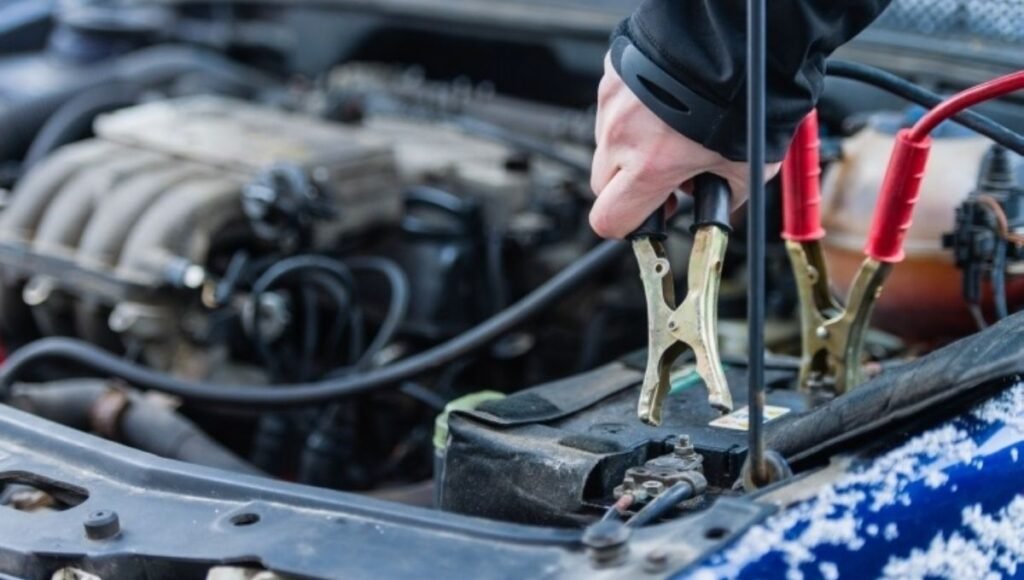
Sulfation: The Silent Battery Killer in Older Vehicles
Sulfation occurs when lead sulfate crystals form on the battery’s lead plates, reducing its ability to hold a charge. This issue is particularly common in older vehicles that are not driven regularly, as long periods of disuse allow sulfation to set in.
Once sulfation begins, it becomes increasingly difficult for the battery to function efficiently, often leading to premature failure. Regular charging and proper maintenance can help prevent sulfation.
Parasitic Drains: Unnoticed Electrical Issues That Drain Your Battery
Parasitic drains are small, constant draws on your battery that occur even when the car is off. Older vehicles, with aging wiring or aftermarket electronics, are especially susceptible to these drains.
Over time, parasitic drains can completely deplete the battery, leaving you stranded with a car that won’t start. Identifying and fixing these drains early can save you from frequent battery replacements.
Loose or Corroded Connections: Why They Matter
Loose or corroded battery connections can prevent your car’s electrical systems from receiving the power they need. In older vehicles, corrosion is more likely to develop around the battery terminals, while vibrations over time can cause connections to loosen.
Ensuring that your battery is securely connected and free of corrosion is crucial to maintaining a steady power flow.
Aging Alternators and Their Impact on Battery Performance:
The alternator is mindful for energizing the battery whereas the car is running. In older vehicles, alternators can become less effective over time, reducing their ability to keep the battery fully charged.
A failing alternator not only impacts the battery but can also lead to other electrical issues. If you notice dimming lights or difficulty starting the engine, the alternator might be to blame.
read also: Can a Weak Car Battery Cause ECU Problems – Save Your ECU From Harm!
When to Consider Replacing Your Battery:
How Old is Too Old? Determining Your Battery’s Lifespan
Most car batteries last between three to five years, but older vehicles may require more frequent replacements due to increased strain on the electrical system.
If your battery is nearing the end of this lifespan, it’s wise to consider replacing it, even if it’s still working. Waiting until it fails could leave you stranded when you least expect it.
Understanding the Performance Drop in Older Batteries:
As batteries age, their ability to hold a charge diminishes. You may notice that your car struggles to start, or that you need to jump-start it more frequently.
These are signs that your battery is no longer performing at its peak, and while it may still work for a while, it’s only a matter of time before it gives out completely.
Factors That Accelerate Battery Wear in Older Vehicles:
Several factors can accelerate battery wear in older vehicles, including excessive use of electronic accessories, extreme temperatures, and frequent short trips that don’t allow the battery to fully recharge.
Being aware of these factors can help you extend the life of your battery by adjusting your driving habits or limiting accessory use.
Choosing the Right Replacement Battery for Your Older Car:
Not all batteries are created equal, and choosing the right one for your older vehicle is crucial to ensuring reliable performance.
Look for batteries with a high cold cranking amp (CCA) rating if you live in a cold climate, or opt for a higher-capacity battery if your vehicle has numerous electrical accessories. Consulting with a mechanic can help you find the best battery for your car’s specific needs.
Preventing Future Battery-Related Problems:
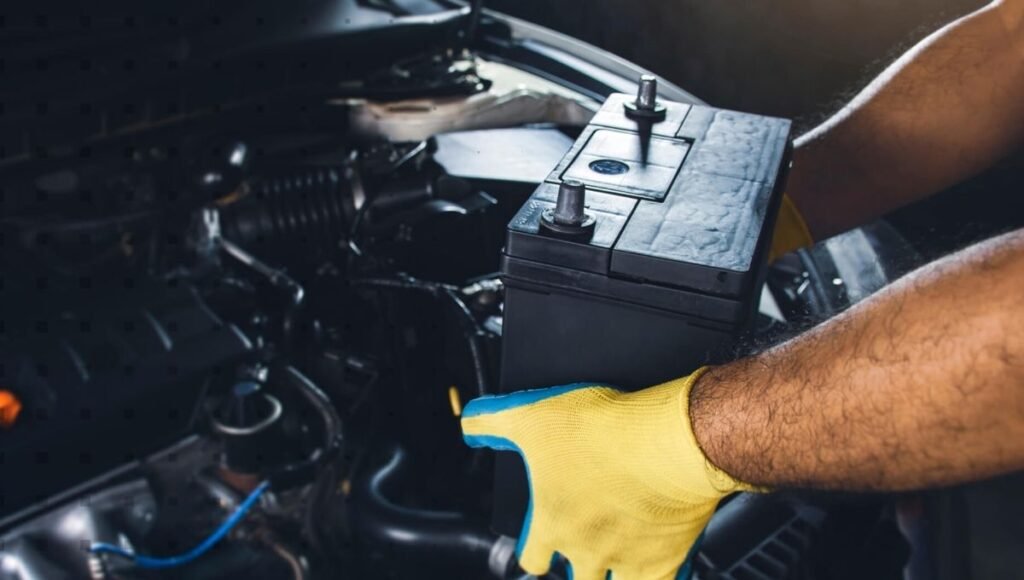
Regular Battery Maintenance Tips for Older Cars:
Regular maintenance is the key to preventing future battery issues. This includes checking the battery terminals for corrosion, inspecting the cables for wear, and testing the voltage regularly. Keeping the battery clean and free of debris can also help it perform better over time.
Limiting Accessory Use to Extend Battery Life:
Using accessories like the radio, headlights, or air conditioning when the engine is off can drain your battery quickly.
In older vehicles, where the battery may already be struggling, limiting the use of these accessories can help extend its life. Be mindful of how long you leave these systems on, especially if you’re not running the engine.
The Benefits of Battery Insulation in Extreme Weather:
In regions with extreme weather, insulating your battery can provide an extra layer of protection. Battery insulation helps regulate the temperature, preventing the battery from overheating in the summer or freezing in the winter.
This simple precaution can significantly extend the lifespan of your battery, especially in older vehicles that are more vulnerable to temperature fluctuations.
Scheduling Regular Checkups with a Mechanic:
While at-home maintenance is essential, scheduling regular checkups with a mechanic ensures that any underlying electrical issues are caught early.
A mechanic can perform a thorough battery test, inspect the alternator, and check for parasitic drains, all of which can help prevent future battery problems in your older vehicle.
read also: Can a Battery Issue Cause Your Car to Overheat – Discover the Answer!
FAQ’s
1. What are the common signs that my car battery might be failing?
Common signs include dimming headlights, slow engine starts, frequent jump-starts, and dashboard warning lights indicating battery or alternator issues.
2. How can I test my car battery’s health at home?
You can use a multimeter to check the battery’s voltage; a healthy battery should read around 12.6 volts. Additionally, inspect for corrosion on terminals and wear on battery cables.
3. Why are older vehicles more prone to battery issues?
Older vehicles often have worn electrical systems, inefficient alternators, and corroded wiring, all of which can strain the battery and lead to quicker degradation.
4. When should I consider replacing my car battery?
Consider replacing your battery if it’s over three to five years old, shows signs of poor performance, or frequently requires jump-starting.
5. What maintenance can I do to prevent battery problems?
Regularly check for corrosion, limit accessory use when the engine is off, and schedule routine mechanic checkups to ensure your battery and electrical system remain in good condition.
Conclusion:
Caring for the battery in an older vehicle is a critical aspect of maintaining its overall performance. By paying attention to the signs of a failing battery and conducting regular maintenance, you can prevent sudden breakdowns and extend the life of both your battery and your car. Proactive care and timely replacement can make all the difference in keeping your vehicle running smoothly.
Read Also:
Can Using Too Many Accessories at Once Drain Your Battery – Shocking Truth!
Can Using Aftermarket Parts Cause Battery Drain – Common Mistakes!
Can a Faulty Car Battery Cause Your GPS Tracker to Malfunction Due to Battery – Drain and Electrical Problems?
Can a Failing Battery Affect Your Car’s Fuel Pump – Shocking Truth!


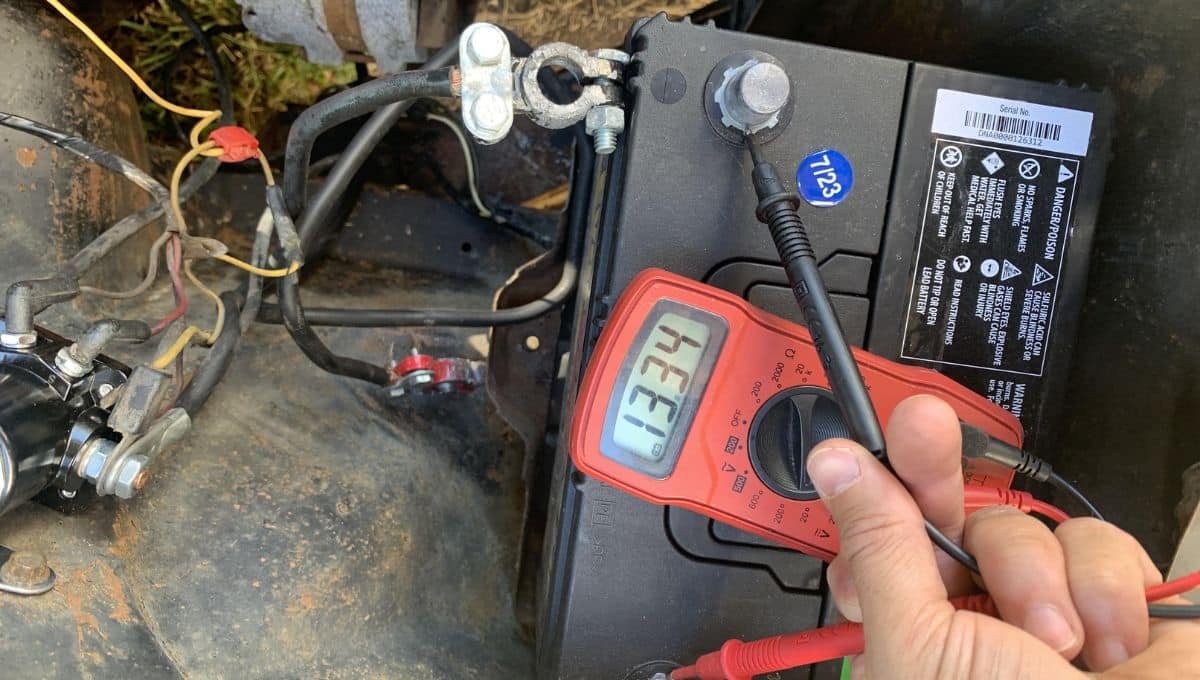


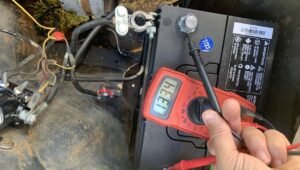




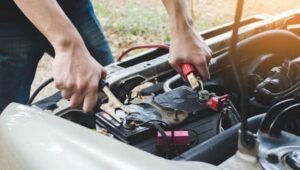


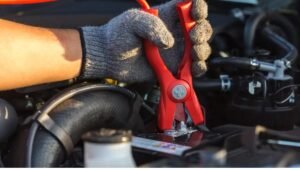
Post Comment